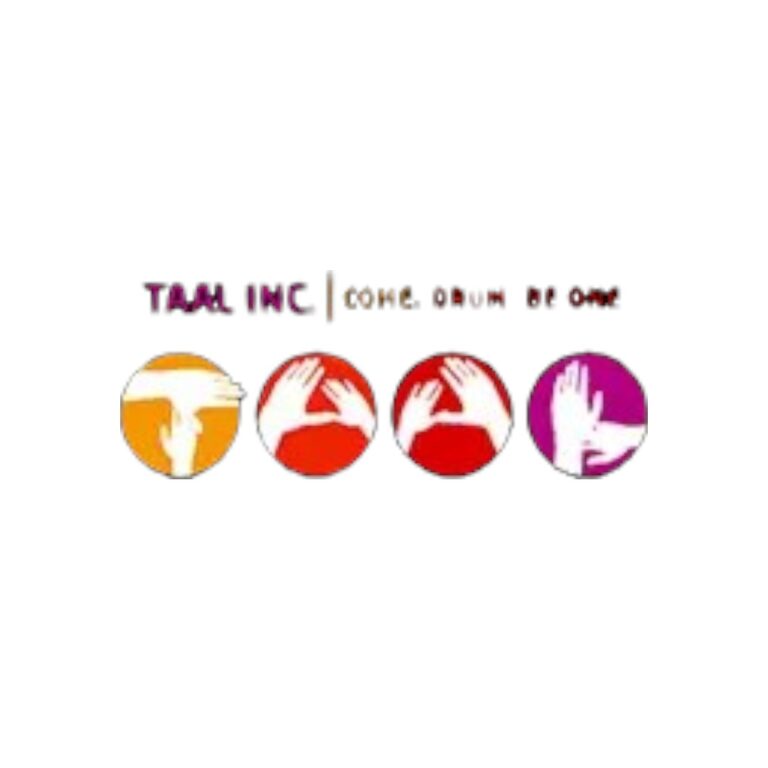Spinal cord injuries in Dubai(إصابات الحبل الشوكي في دبي) present unique physical challenges, but many survivors find that incorporating yoga and stretching into their rehabilitation offers significant benefits. These gentle practices can improve flexibility, reduce muscle stiffness, promote relaxation, and support overall well-being. Adapting yoga and stretching routines to individual needs makes them accessible and effective for enhancing recovery and quality of life.
Benefits of Yoga and Stretching After Spinal Injury:
Engaging in tailored yoga and stretching exercises can provide numerous physical and mental advantages for those adjusting to life after injury.
Key Benefits Include:
-
Increased joint flexibility and muscle range of motion
-
Reduced muscle spasms and stiffness
-
Improved circulation and respiratory function
-
Enhanced body awareness and balance
-
Stress reduction and better mental health
-
Promotion of relaxation and pain management
These benefits contribute to improved mobility and emotional resilience.
Types of Yoga Suitable for Injury Survivors:
Not all yoga styles are the same, and selecting the appropriate type is essential for safety and effectiveness.
Recommended Yoga Practices:
-
Chair Yoga: Modified poses performed while seated, ideal for limited mobility
-
Restorative Yoga: Focuses on gentle stretches and deep relaxation using props
-
Hatha Yoga: Slow-paced practice emphasizing basic postures and breathing techniques
-
Adaptive Yoga: Customized sessions tailored to specific physical limitations and abilities
Choosing a suitable style helps avoid strain and maximizes benefits.
Important Precautions Before Starting:
Safety is paramount when practicing yoga and stretching after a spinal injury(إصابات الحبل الشوكي).
Precautions to Follow:
-
Consult with your healthcare provider or rehabilitation specialist
-
Work with a qualified yoga instructor experienced in adaptive practices
-
Avoid overstretching or forcing movements beyond comfort
-
Use props like straps, blocks, and bolsters to support poses
-
Monitor for any pain or discomfort and stop if it occurs
Following these guidelines ensures a safe and positive experience.
Essential Yoga Poses and Stretches for Spinal Injury Survivors:
Certain poses and stretches are particularly helpful for improving flexibility and reducing muscle tension.
Beneficial Yoga Poses:
-
Seated Cat-Cow Stretch: Enhances spinal mobility and breath coordination
-
Supported Forward Fold: Gently stretches the back and hamstrings
-
Seated Spinal Twist: Promotes spinal flexibility and digestion
-
Leg Raises with Support: Strengthens hip flexors and improves circulation
-
Neck and Shoulder Rolls: Releases tension in upper body muscles
Stretching Tips:
-
Hold stretches for 20-30 seconds without bouncing
-
Focus on slow, controlled movements
-
Breathe deeply to encourage relaxation
-
Repeat stretches 2-3 times for best results
Consistent practice encourages gradual improvement.
Mental and Emotional Benefits of Yoga:
Beyond physical advantages, yoga offers powerful mental health support for injury survivors.
Emotional Benefits Include:
-
Reduced anxiety and depression symptoms
-
Improved focus and mindfulness
-
Increased sense of control and empowerment
-
Better sleep quality and relaxation
-
Enhanced mood and self-esteem
Incorporating mindfulness and breathwork fosters emotional healing alongside physical recovery.
Accessing Yoga and Stretching Resources in Dubai:
Several facilities and professionals in Dubai specialize in adaptive yoga and rehabilitation for spinal injury survivors.
Where to Find Support:
-
Rehabilitation centers offering integrated yoga therapy
-
Yoga studios with adaptive and chair yoga classes
-
Private instructors specializing in injury recovery
-
Online platforms providing guided sessions for various ability levels
-
Community groups focused on inclusive wellness activities
Leveraging these resources can help survivors stay motivated and consistent.
Tips for Creating a Home Practice:
For those who prefer exercising at home, building a safe and effective routine is possible.
Home Practice Recommendations:
-
Dedicate a quiet, clutter-free space for practice
-
Use online videos or apps designed for adaptive yoga
-
Set realistic goals and listen to your body’s limits
-
Incorporate props like cushions and straps for support
-
Schedule sessions regularly to maintain consistency
A structured home practice complements clinical rehabilitation.
Encouraging Family and Caregiver Involvement:
Involving loved ones can boost motivation and provide needed assistance during yoga sessions.
How Family Can Help:
-
Attend classes or practice together to offer support
-
Assist with setting up props and ensuring safety
-
Encourage a positive and patient attitude toward progress
-
Celebrate milestones and improvements together
A strong support system enhances commitment and enjoyment.
Combining Yoga with Other Therapies:
Yoga and stretching work best when integrated with other rehabilitation approaches.
Complementary Therapies:
-
Physical therapy to build strength and coordination
-
Occupational therapy for daily living skills
-
Pain management programs
-
Psychological counseling for mental well-being
A multidisciplinary approach fosters comprehensive recovery.
Conclusion:
Incorporating yoga and stretching into rehabilitation offers spinal injury survivors a holistic way to enhance physical function and emotional health. For those navigating spinal cord injuries in Dubai, adaptive yoga provides accessible and effective tools to regain flexibility, reduce pain, and build resilience. With professional guidance, a supportive environment, and consistent practice, yoga can play a vital role in long-term recovery and improved quality of life.


